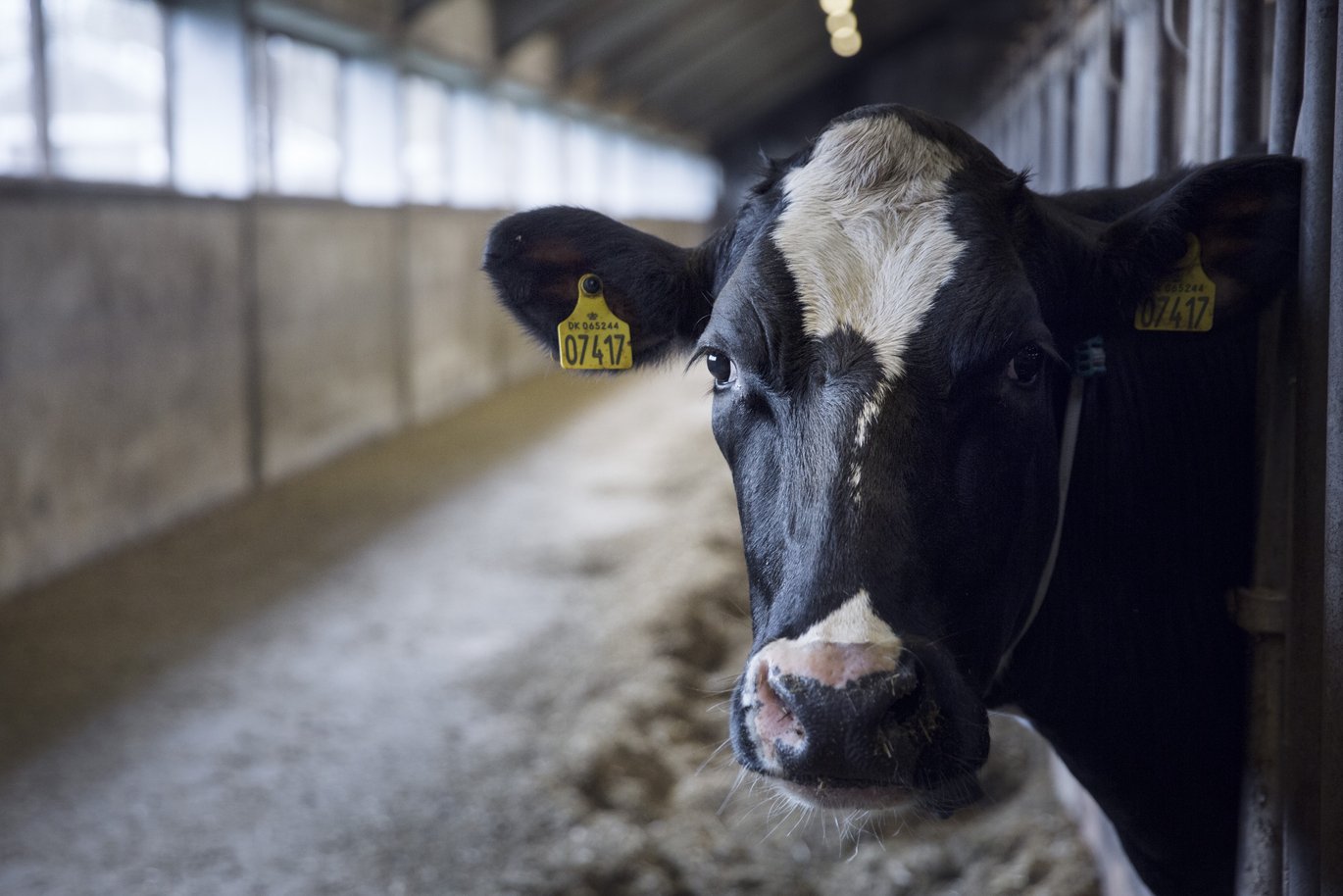Researchers from Aarhus University target factors that influence farm injuries
According to a new study conducted by researchers from Aarhus University and Scotland’s Rural College injuries om farms are more likely to occur through interaction with large livestock than any other operations. In fact, the risk of injury on cattle farms is three times higher than on pig farms.

Working on a farm can be a dangerous business, with many injuries reported each year and many more going unreported. So, what can we learn from the injuries that are reported, in order to avoid them from happening again?
“Agriculture is one of the most dangerous working environments globally and despite the technological advancements in agricultural production, the frequency of injuries and fatalities is still relatively high. Therefore, we have looked into work-related injuries on Danish farms, with the goal of developing a method to estimate the risk of injuries during different agricultural operations. It goes without saying, that the risk of injury while driving your tractor in the field is quite different from the risk of injury when working with large animals such as cattle,” says PhD student Noha Mahmoud from Department of Agroecology at Aarhus University and Scotland’s Rural College.
“We wanted to predict the risk of injuries during future farming practices and at the same time, to look at ways to identify the impact of future engineering solutions, policy changes, and educational programmes in reducing the level of risk,” says Noha Mahmoud.
Farmers are experts
The researchers developed a method that divided the agricultural production system into a number of different operations (e.g. milking, feed production, etc.,), and used a set of parameters to associate the risk of serious injuries during each operation. The optimum way of parametrising the method would be to use statistical records. However, there is a significant under-reporting of agricultural injuries, and good statistical data on the relation between agricultural injuries and the structure of the agricultural production system do not exist. The researchers therefore used expert knowledge of farmers, together with the statistical data, to establish the link between injuries and agricultural production operations. The expert group was a mix of in total 16 representatives of Danish agricultural unions, all of whom were invited to a one-day workshop. They were asked to estimate the parameters related to a typical dairy cattle farm and to a pig farm, and to assess the likely impact of changed production operations.“The parameter estimates for specific operations varied considerably between the 16 participants in our workshop, so we used normalised values to generate comparable results to identify the risk of injuries during production operations,” says Noha Mahmoud.
Different types of injury relate to different operations
According to the collected data from this small group of Danish farmers, agricultural operations that require direct interaction with animals (for example, moving cattle and pigs) have a higher frequency of injuries compared to other operations. The risk of injury was assessed to be three times higher on cattle farms compared to pig farms.
The researchers also found that the type of injury varied considerably between the different operations in the two chosen production systems – cattle and pig farms. Crushing, falling, cutting, and poisoning are considered to be the most common types of injury on both types of livestock farms. Crushing, however, is estimated to be more frequent on cattle farms. Here the risk is greatest during milking, as well as during the movement and treatment for animals on both cattle and pig farms.
“Whereas crushing injuries often occur when farmers work in close proximity of the animals, falling injuries were considered mainly to occur during the repair of buildings, and poisoning incidents from manure management operations. Slurry gases for example are odourless and deadly,” Noha Mahmoud explains.
Socio-economic consequences
“The injuries have highly adverse socio-economic effects on both the farmer and society, and there is a need for innovative approaches to enable the implementation of effective preventive interventions. It is our hope that the method we have developed will help speed up this process, so we can limit the number of injuries in the future,” says Noha Mahmoud.
In a working environment that is rapidly changing, due to technological developments, the method developed by Noha Mahmoud and her colleagues can collect detailed data on agricultural production operations and assess the most likely impact of those changes.
“In other words, we have developed a method that enables the risk of injury to be linked to separate operations and provides the necessary knowledge for prioritising interventions to reduce that risk and to improve the sustainability of agricultural development,” says Noha Mahmoud.
| Additional information | |
|---|---|
| We strive to ensure that all our articles live up to the Danish universities' principles for good research communication (scroll down to find the English version on the web-site). Because of this the article will be supplemented with the following information: | |
| Funding: | SRUC, Provenance DK and Department of Agro ecology, Aarhus university |
| Collaborators: | Department of Agroecology at Aarhus University, Scotland’s Rural College (SRUC). Marianne Norup from SEGES is acknowledged in the paper as she helped in conducting the workshop where the data was collected |
| Read more: | The article “A method to quantify the detailed risk of serious injury in agricultural production” is published in Sustainability. It is written by Noha Mahmoud, Allan Leck Jensen, Cairistiona F.E. Topp, Claus Grøn Sørensen, Michael Nørremark, Vera Eory, and Nick Hutchings |
| Contact: | PhD Noha Mahmoud, Department of Agroecology, Aarhus University. Email: noha.mahmoud@agro.au.dk |
